|
|
|
|
|
Galleria Tassonomica
di
Natura Mediterraneo
|
 Nota! La determinazione degli insetti necessita quasi sempre di un'indicazione geografica e temporale precisa. Nota! La determinazione degli insetti necessita quasi sempre di un'indicazione geografica e temporale precisa.
Invitiamo quindi gli utenti ad inserire questi dati ogni volta che viene richiesta una determinazione o viene postata una foto di un insetto. I dati forniti dagli utenti ci consentiranno anche di attribuire un valore scientifico alle segnalazioni, contribuendo a migliorare e integrare le attuali conoscenze sulla distribuzione delle specie postate.
|
|
| Autore |
 Discussione Discussione  |
|
|
Havinthus
Utente Junior
 
Città: Leiden

25 Messaggi
Tutti i Forum |
|
|
Havinthus
Utente Junior
 
Città: Leiden

25 Messaggi
Tutti i Forum |
 Inserito il - 31 marzo 2011 : 15:21:05 Inserito il - 31 marzo 2011 : 15:21:05


|
I have to correct the last date. It should be last september (2010), not october. Let me also add a picture of the locality.
Immagine:
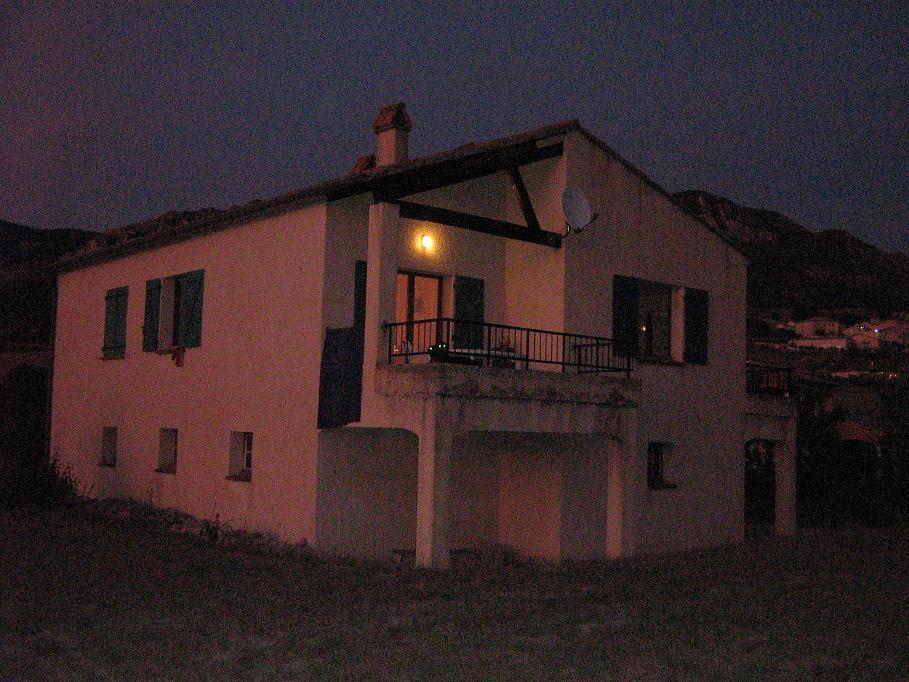
127,94 KB
|
 |
|
|
Havinthus
Utente Junior
 
Città: Leiden

25 Messaggi
Tutti i Forum |
 Inserito il - 31 marzo 2011 : 18:17:22 Inserito il - 31 marzo 2011 : 18:17:22


|
Another species with a predominantly mediterranean distribution is Oncocephalus pilicornis. In southern France it is not rare.
Both adults and larvae (nymphs) can be found unter stones and dead wood during daytime.
After sunset this species is also attracted to light, but in much smaller numbers, at least during the months mentioned above.
Immagine:
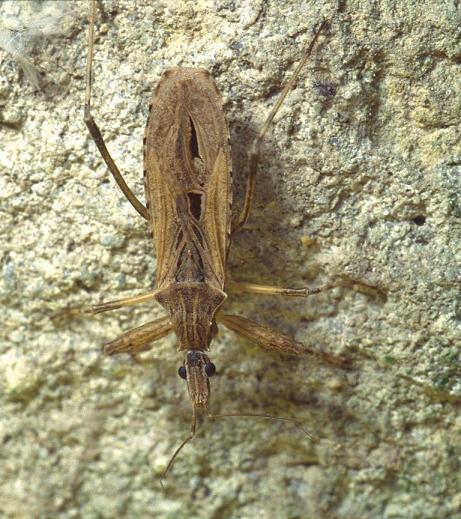
63,43 KB
Oncocephalus pilicornis (male)
Immagine:
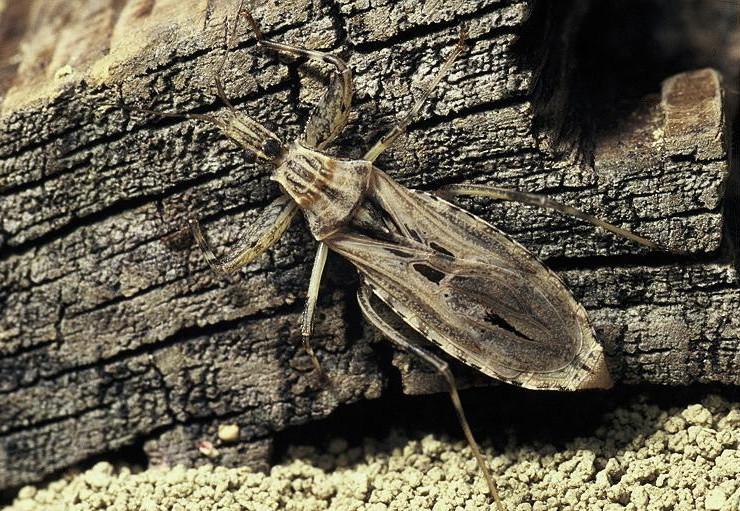
122,58 KB
Oncocephalus pilicornis (female)
Immagine:
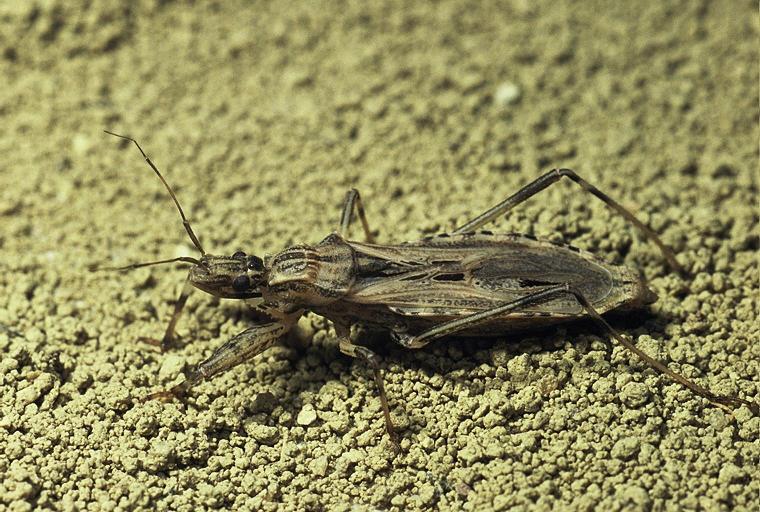
103,6 KB
Oncocephalus pilicornis (female)
Immagine:
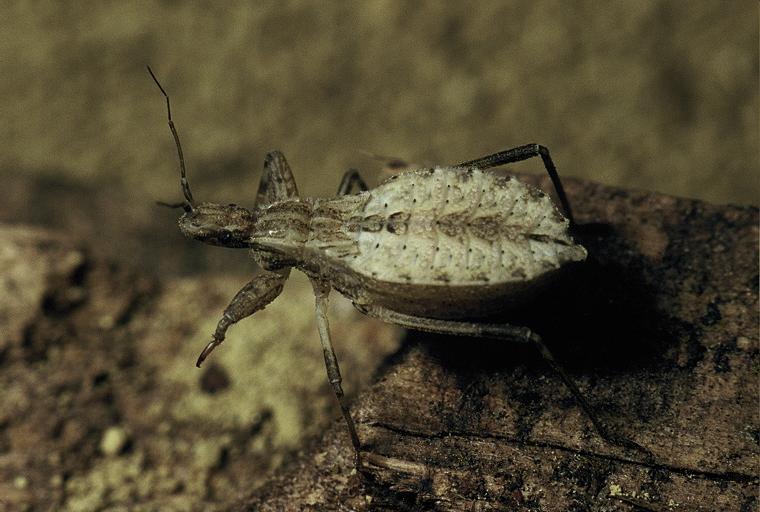
60,29 KB
Oncocephalus pilicornis (4th instar larva (nymph))
|
 |
|
|
Paris
Moderatore
    

Città: Sondrio
Prov.: Sondrio
Regione: Lombardia

5737 Messaggi
Flora e Fauna |
 Inserito il - 05 aprile 2011 : 00:56:24 Inserito il - 05 aprile 2011 : 00:56:24


|
Very well, many thanks. But, next time, please, put only one foto in one answer (risposta) if there are different specimens.
Infact, specimens that you call "pilicornis" belong - perhaps - to different species...
-----------
Link |
 |
|
|
Havinthus
Utente Junior
 
Città: Leiden

25 Messaggi
Tutti i Forum |
 Inserito il - 05 aprile 2011 : 04:51:18 Inserito il - 05 aprile 2011 : 04:51:18


|
| OK, very well, but in this case there are four photo's, but only two different specimens (one male and one female). The female in pictures 2 and 3 was reared from the larva in the last picture. |
 |
|
|
Juventino
Utente Super
    
Città: Nizza
Regione: France

10135 Messaggi
Tutti i Forum |
 Inserito il - 05 aprile 2011 : 15:35:30 Inserito il - 05 aprile 2011 : 15:35:30


|
Never seen it before..
Thanks a lot!!
Link
L’école buissonnière |
 |
|
|
Havinthus
Utente Junior
 
Città: Leiden

25 Messaggi
Tutti i Forum |
 Inserito il - 08 aprile 2011 : 01:49:21 Inserito il - 08 aprile 2011 : 01:49:21


|
I have looked up some data about the female Oncocephalus pilicornis in the pictures above.
I found the 4th instar larva/nymph (last picture) under a big stone or boulder together with a larva of Peirates stridulus and many Cicindela beetles near Saou (Drôme) on 16 september 1993.
It became a 5th instar larva on 22 november 1993 and finally an adult bug on 17 may 1994. The adult could be easily identified as Oncocephalus pilicornis.
The picture shows the larva in its typical ambush posture with its fore legs bent ready to snatch any passing prey. During the months of its development the larva could be kept alive without any difficulties on a diet of crickets.
|
 |
|
| |
 Discussione Discussione  |
|
|
|
 Natura Mediterraneo Natura Mediterraneo |
© 2003-2024 Natura Mediterraneo |
 |
|
Leps.it | Herp.it | Lynkos.net
|

 Forum
|
Registrati
|
Msg attivi
|
Msg Recenti
|
Msg Pvt
|
Utenti
|
Galleria |
Map |
Forum
|
Registrati
|
Msg attivi
|
Msg Recenti
|
Msg Pvt
|
Utenti
|
Galleria |
Map |